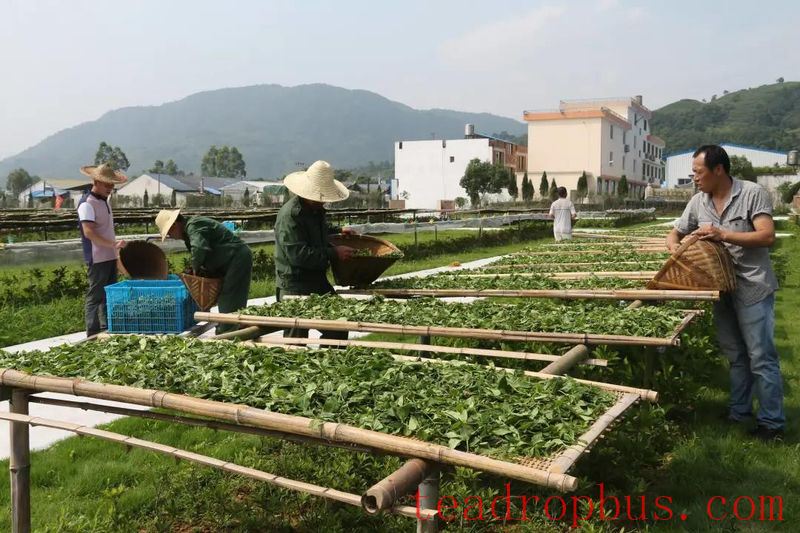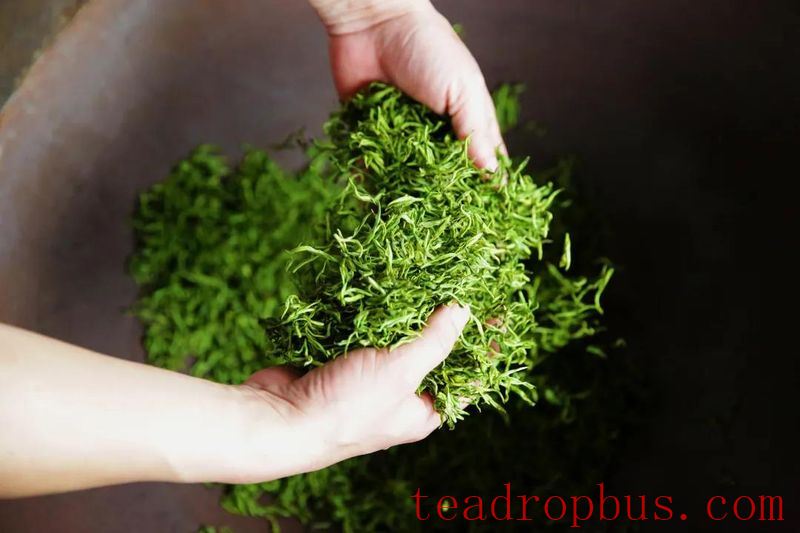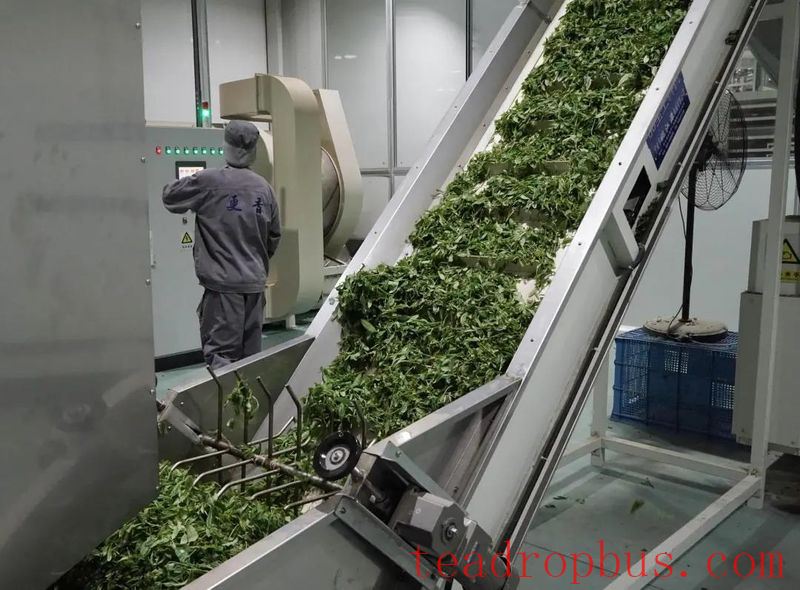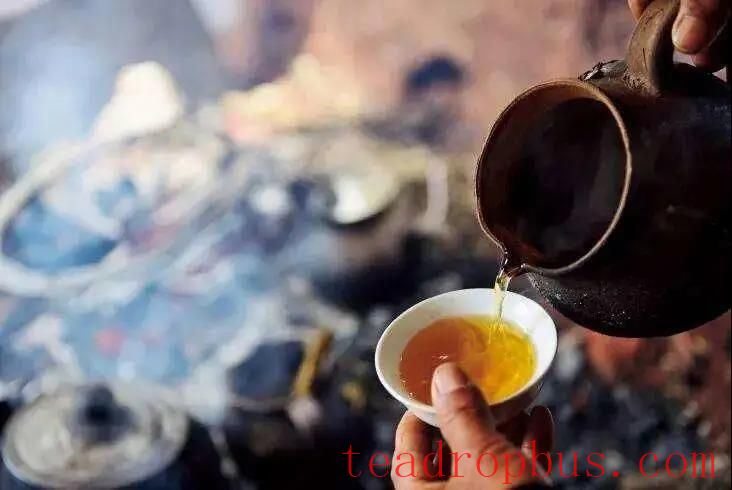In today's world, the attention to and emphasis on “intangible cultural heritage” can be considered a global issue. As the initiator and high point of this social wave, UNESCO's Convention for the Safeguarding of the Intangible Cultural Heritage has undoubtedly become the guiding principle for intangible cultural heritage protection movements worldwide. However, each civilization has its own concepts, classifications, and nomenclature systems. This is especially true for China, where we must not hastily adopt foreign terminologies without first examining and reflecting upon them.
In UNESCO's Convention for the Safeguarding of the Intangible Cultural Heritage, the entry corresponding to “traditional handicraft skills” in Chinese is translated as “traditional craftsmanship” in English, which particularly emphasizes two aspects: one is “handmade,” and the other is “exquisitely beautiful.” When translating this into Chinese as “traditional handicraft skills,” the corresponding English could refer to any of technique, technology, or handicraft. Western historians of science, when studying traditional Chinese “techniques,” tend to adopt an overly rigid and simplified approach, relying on analytical categories such as “mode of production” and “stock of knowledge.” They often focus only on the “skill” aspect while neglecting the role of “art” in organizing production, transmitting techniques, and strengthening the sense of identity and cohesion within communities. I believe that to fully understand the knowledge system of “traditional handicrafts” in China, one cannot overlook the role of “art” in organizing production, fostering community identity, and passing down techniques.

Firstly, from the definition of “intangible cultural heritage,” particular emphasis is placed on knowledge and skills originating from the people. In the invention of Yancha production techniques, there is mutual infiltration between the bodily skills and oral traditions of the common people and the written texts of the literati: on one hand, the common people absorb and adopt the “written knowledge” provided by the elite as guidance for production techniques; on the other hand, the texts recorded by the elite are largely based on field notes taken by scholars visiting Tea farmers in the mountains, combined with their own practices and “innovations.” It is evident that the invention of “skill” is formed through the mutual reference and integration of “written texts” and “oral knowledge.”
Secondly, the production of Yancha is both a complex physical practice and intertwined with the local material and cultural environment's beliefs. Stable geographical factors, such as the distance between the tea mountain and factory, whether the tea plants receive direct sunlight or are shaded, the amount of rainfall in a given year, and the variety of the tea plants, along with unpredictable weather changes, all permeate the tea-making process. Tea workers must adaptively adjust their “skills” to cope with specific environmental variations. Additionally, there are legends about mountain spirits and demons in the mountainous regions of northern Fujian. To drive away evil spirits and ensure a good harvest, a belief and sacrificial system dedicated to the Wuyi Mountain God and Tea God Yang Taibo has gradually formed among tea workers. Thus, in the production of Yancha, a knowledge system is formed by the interaction of individual bodily skills, the surrounding material environment, and communal beliefs and sacrificial rituals, none of which can be separated from the Tea processing techniques.

In the study of the history of science and technology, researchers typically do not deny that “technique” is embodied knowledge, a skill acquired through repeated practice and stored in the practitioner's body and mind. This skill is closely linked to the practitioner and the community, inseparable from both. However, this perspective only describes the “skill” aspect of traditional handicrafts. The Western concept of “technology” does not entirely encompass the category of “traditional handicraft” in China. It is better to decompose the Chinese term “technique” into “skill” (Technology) and “art” (Witchcraft) to understand it. Taking the production techniques of Yancha as an example, to understand the “techniques” in traditional community-based handicrafts, one must place “technique” within the “web of meaning” woven by the community's history, myths, genealogies, and specific spatiotemporal rituals, beliefs, taboos, and daily customs. In the processes of picking, shaking, frying, kneading, and roasting tea leaves, tea workers repeatedly perform coherent actions, forming control over the strength and angle of their bodies and hands through a “mindful hand.” This embodied skill corresponds largely to the Western concept of “technology” and the Chinese term “skill.” In Chinese, “skill” has two meanings:
One refers to skill, expertise, such as “having a special skill.” The other refers to the “artisan” who possesses such a skill. Both emphasize manual, specialized production skills. On the other hand, legends about tea ancestors, ghost stories, the “mountain-opening” ceremony before tea picking, and the “shouting at the mountains” ceremony organized by the government are interwoven into the tea production process and integrated into the daily lives of tea workers, becoming an organic part of the tea production process.

Although these rituals and ghost stories may seem to belong to a psychological and conceptual level separate from practice, the beliefs in Yang Taibo, respect for mountain spirits, and fear of ghosts genuinely permeate the actual behaviors of tea workers and form a set of rituals and taboos aimed at avoiding misfortune and praying for a bountiful harvest. I tend to understand this content as “art” (Witchcraft). “Art” in ancient Chinese had several layers of meaning, including “technique,” “means,” and “method,” but did not particularly emphasize manual work, instead valuing observation and manipulation of natural phenomena. For example, “astrological arts” (“arts” as methods and “numbers” as fate), where various methods are used to observe noticeable natural phenomena to speculate on the fate and destiny of individuals or nations. It can be seen that in ancient China, “art” represented both a skill and method and was related to “magic” or what could be called “witchcraft.” According to the social hierarchy of “scholars, farmers, artisans, and merchants” in China, both “skill” and “art” were categorized under the despised artisan class involved in “handicraft.” Terms associated with “skill” often have pejorative connotations, such as “tricks and gadgets,” “a donkey's skills are exhausted,” “carving insects' minor skills,” and “tricks.” The reason “skill” is often disdained and criticized is largely because it is frequently associated with the witchcraft, magic, and incantations of charlatans, making it an object of rejection by orthodox Confucian scholars. For example, in ancient China, carpenters and metalworkers were commonly believed to possess certain magical powers and could influence the fortune of house owners by installing hidden mechanisms in inconspicuous corners. In the transmission of traditional handicrafts, “techniques” often incorporate elements related to “art,” such as community worship of ghosts and deities, belief in industry gods, and customs, ensuring the organized, comprehensive, and efficient operation of “techniques.”

Source: “The ‘Skill' and ‘Art' in the Production of Yancha—Also Discussing ‘Traditional Handicraft' in Intangible Cultural Heritage” published in Folklore Research Issue 6, 2013. Annotations omitted, see original text for details.
Related Reading
The “Skill” and “Art” in the Production of Yancha—Also Discussing “Traditional Handicraft” in Intangible Cultural Heritage (Part Three)